Our most common wild animal? Here's what the camera traps tell us
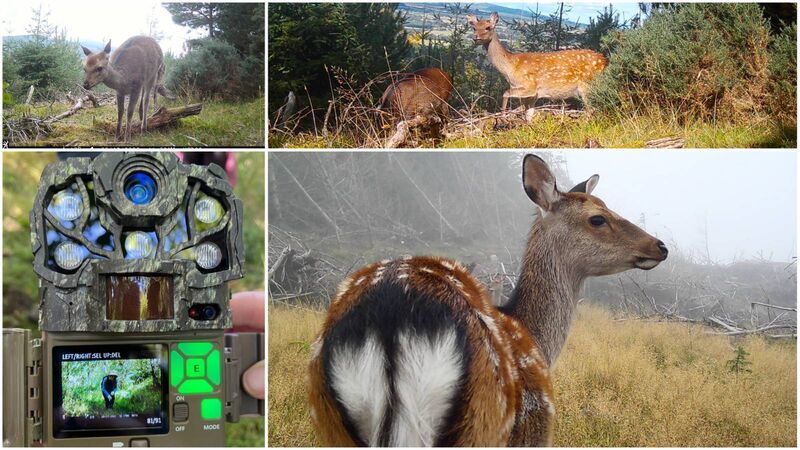
Camera traps are remote operated tools primarily purposed with recording wildlife (mammals, birds, reptiles, amphibians) while minimising disturbance — the ones in Wicklow captured lots of deer
Researchers installed 'camera traps' at various locations in Wicklow to see what kind of wildlife would pass by. The cameras were hidden at 20 sites among trees as part of a simultaneous survey across Europe, #SnapshotEurope, which was launched in 2021.
PhD student, Adam F Smith, was keen to put Ireland on the international camera trap map by participating. He is studying at the University of Freiburg in Germany and works with the Frankfurt Zoological Society to study mammals in landscape-scale conservation projects across Europe — mostly in Ukraine and Belarus. He also works closely with University College Dublin's Laboratory of Wildlife Ecology and Behaviour, such as for this project.
Smith, who is from Kildare but who lived briefly in Wicklow before moving to Germany to pursue research, explains the motivation behind this camera trap work: "We knew there are deer in Wicklow but wanted to see what would happen over the two months of the project, especially with a systematic international protocol."
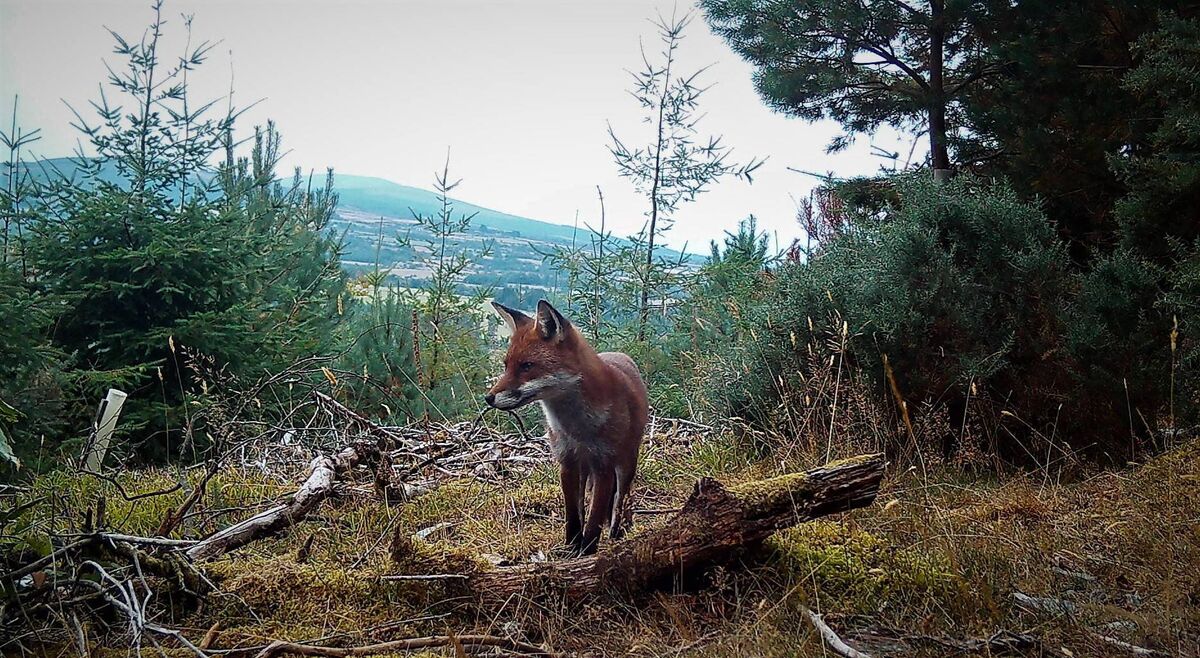
The results themselves were not surprising — there were typical Irish woodland animals such as deer, foxes, pine martens and squirrels (reds, but no greys) — but the absolute dominance of sika deer was. "We got deer, lots of deer, and nearly nothing else," says Smith who uses the phrase 'swamped out by sika'. He notes that "it's quite odd in Europe to have a non-native as the most common wild mammal".
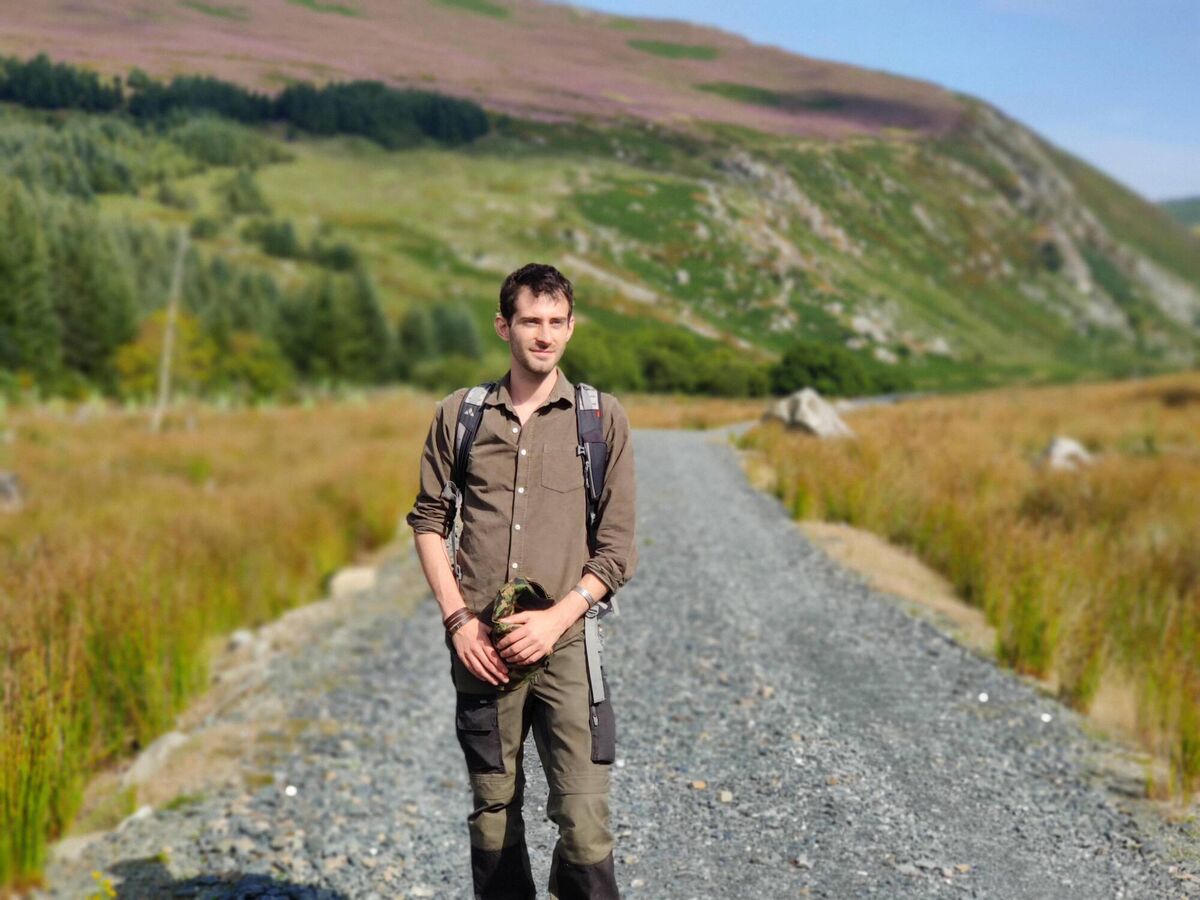
Red deer are typically considered native to Ireland due to their ancient Neolithic introduction so they are seen as a single population of conservation importance. Sika deer were first introduced here for hunting and ornamental purposes in 1860 to Powerscourt Estate, Wicklow (close to this study area), but then escaped captivity and established a wide distribution. They have hybridised with red deer since their Irish introduction.
Sika are classified as a “high impact alien” species of “multi state concern” in the Europe Union and are listed as an established, highly invasive species according to the National Biodiversity Data Centre.
Examining the pictures taken by the camera traps revealed that "92% of all events were sika, with sika at every site". Central Wicklow is a known deer 'hotspot' but the results were still particularly deer-heavy.
"I work with camera traps all over Europe and a skew like this is seldom. We only planned a 'snapshot' survey but also got a diagnosis. How it's solved will need all key stakeholders."
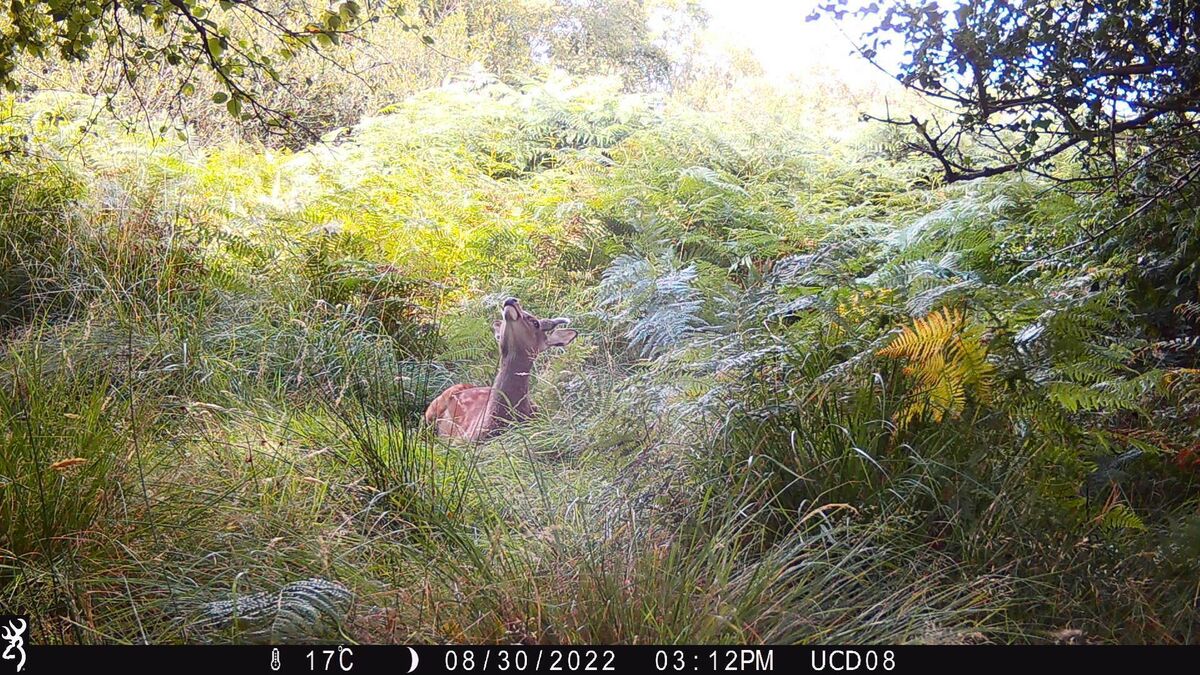
Camera traps (ie. game/trail cameras) are remote operated tools primarily purposed with recording wildlife (mammals, birds, reptiles, amphibians) while minimising disturbance. The cameras were set up on private and public forested land in an area bordering the Wicklow Mountains National Park. They were placed at clearings and trails not widely used by people and where it was anticipated there would be wildlife.
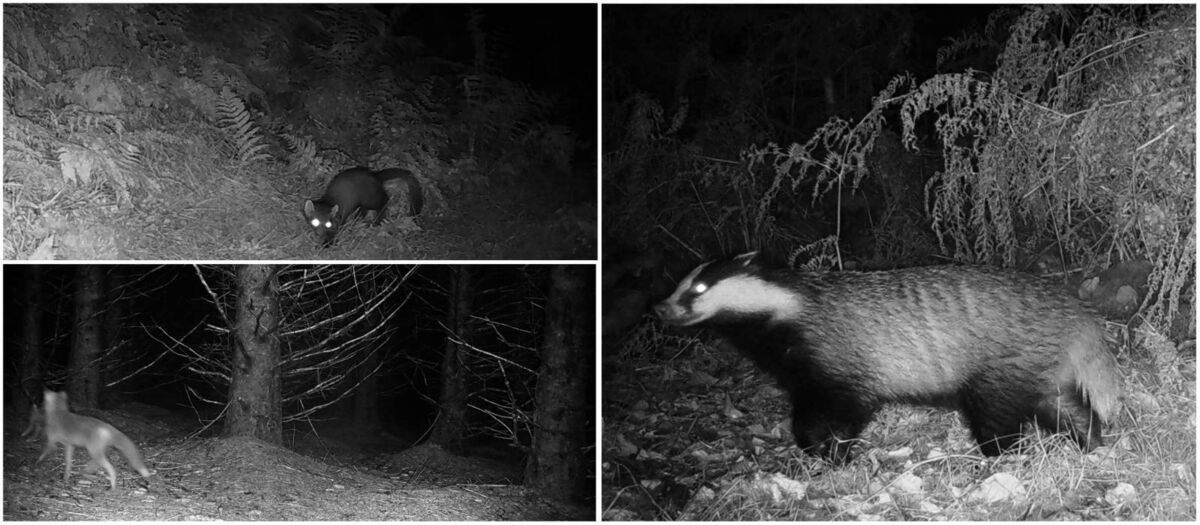
One camera failed completely so from the 19 remaining camera trap sites, the researchers collected 9,729 photos over 643 camera trap days. They detected eight wild mammal species and recorded 725 independent sika events during the study. The number of sika events was nearly 20 (19.6) times higher than the next most common species, red fox. The researchers believe the skew probably reflects local sika over-abundance rather than low fox abundance.
Domestic animals were rarely detected, with just two dogs and one cat event. Eurasian badger was only detected once.
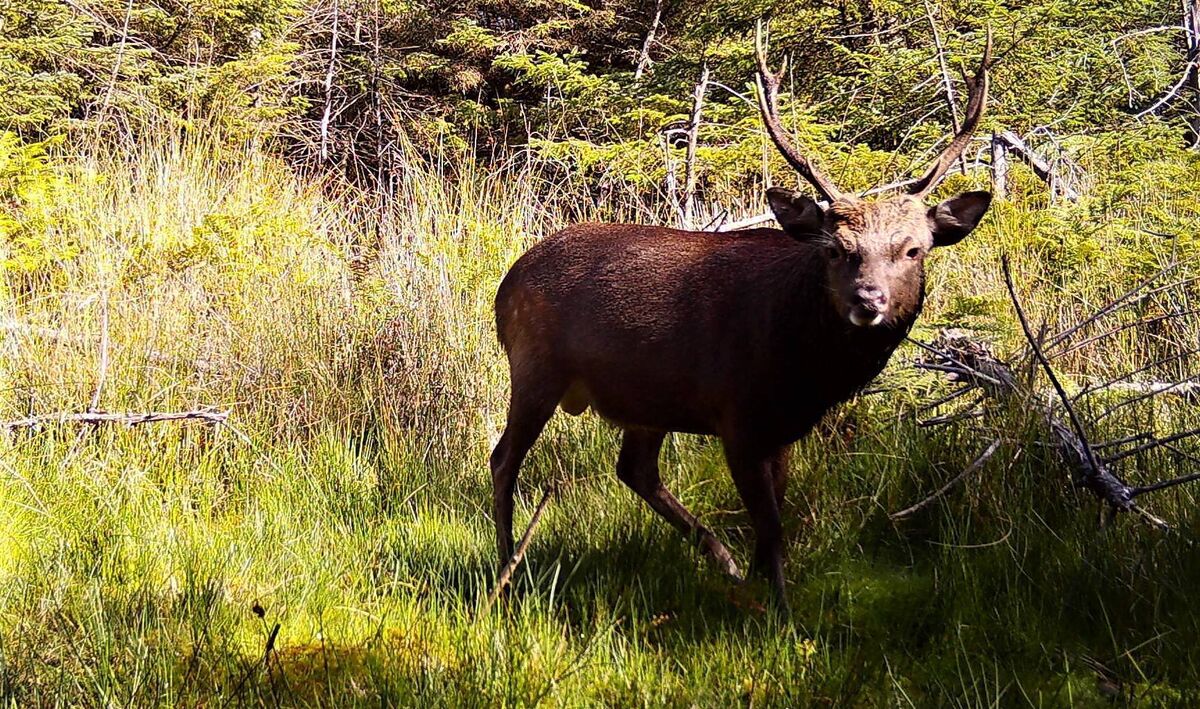
The report notes that while it may be controversial, local extermination or drastic reductions of non-native sika or hybrids may be possible with considerable effort and ambition, allowing the possibility of locally restoring native, red deer for their conservation and sustainable use into the future while maintaining the importance of Ireland’s island biogeography: "Hunting is the most ethical way of deer control," says Smith.
https://www.mammal.org.uk/wp-content/uploads/2022/10/MC2207-Camera_trap_surveys_ireland.pdf
Hey you! 🦌🫵
— MammalNet Ireland (@MammalNet_IE) May 12, 2022
Do you have a #cameratrap / #trailcamera in Ireland? 🇮🇪 Or want to identify the photo they take?
Then we need you! Join our scientific mission to monitor Ireland's mammals.
It's fun and easy, follow us here and check out the project link in our description! pic.twitter.com/kBwsXhsXHb





